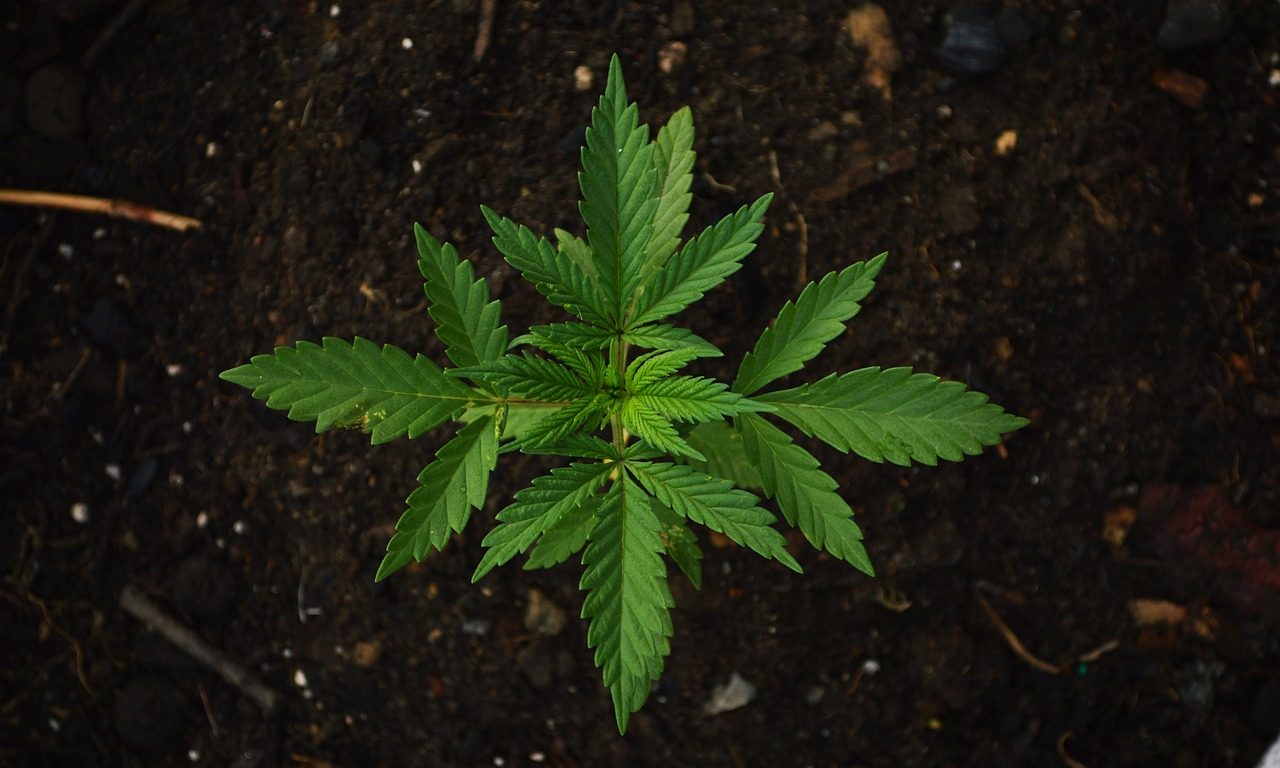
A team of researchers wanted to know whether the quickness with which states took advantage of the opportunity to allow beer sales beginning in 1933 impacted the long-term health of the industry in each state.
Their study, published in the Journal of the Economic & Business History Society, showed that early adopters had significant short- and long-term advantages over states that ended up legalizing later.
And that will likely prove to be the case with the marijuana legalization movement, too.
“In the long run, states that legalize in the earliest stages of this staggered removal of the drug’s prohibition may enjoy an early-adopter advantage with respect to the production and sale of marijuana as they gain a foothold in what may soon become a national (or international) market for the product,” the researchers wrote.
Twenty-one states legalized beer in April 1933, 22 states legalized throughout the rest of the year and the last five states legalized over the course of the following three and a half years. There was an industry-wide consolidation of breweries from 1934 to 1977, but data from the American Breweriana Association showed that breweries were more likely to survive the test of time and also expand in states that were quickest to legalize.
“The 722 breweries that were chartered in 1933 survived an average of 9.93 years, while the median brewery survived 4 years,” they wrote. “In 1950, when the number of breweries in the United States had fallen to around half of its 1935 number, 24.8 percent of the breweries chartered in 1933 were still in existence.”
Breweries in states that legalized just one year later weren’t so fortunate. Those 463 breweries survived an average of 4.9 years—and half had closed by the end of the year.
“Whether this can lend insight into the potential long- and short-term outcomes from the staggered state-level legalization of marijuana is worthy of discussion,” the researchers concluded.
Colorado Gov. Jared Polis (D) weighed in on that discussion recently. Recognizing the short-term economic benefits of the state’s legal marijuana system, which was one of the first to be implemented nationally, the governor joked that he’d “love other states to go slowly so that we can continue to see all these benefits for Colorado.”
Marijuana tourism has given the state “a lot of extra business,” he said. But as the study indicates, those short-term gains could be sustained for decades, giving Colorado a leg up as the legalization movement continues.
The rapid adoption of legal cannabis programs has also put pressure on states where legalization has yet to be realized. That’s especially true in the densely packed northeast, where governors of several states have cited reform efforts in neighboring states as a motivating factor to push forward with legalization legislation.
“Things have changed, mainly because all of our neighbors are moving forward,” Rhode Island Gov. Gina Raimondo (D) said earlier this month.” We’re not an island, in fact. Like it or not, we’re going to be incurring public safety and public health expenses because it’s legal in Massachusetts… And I think it is time for us to put together our own regulatory and taxing framework.”
Pennsylvania Gov. Tom Wolf (D), who previously said the timing wasn’t right to legalize in the state, said efforts to legalize in New York and New Jersey have changed his mind.
The decision to legalize in New York didn’t emerge in a vacuum, either. Gov. Andrew Cuomo (D) said the “facts have changed” when it comes to legalization because there are surrounding states where it’s “no longer a question of legal or illegal.”
“It’s legal in Massachusetts. It may be legal in New Jersey,” Cuomo said. “Which means for all intents and purposes it’s going to be here anyway.”
As the new study shows, those states that get ahead of their neighbors in legalizing cannabis first stand to potentially benefit over a long period of time.

No comments:
Post a Comment